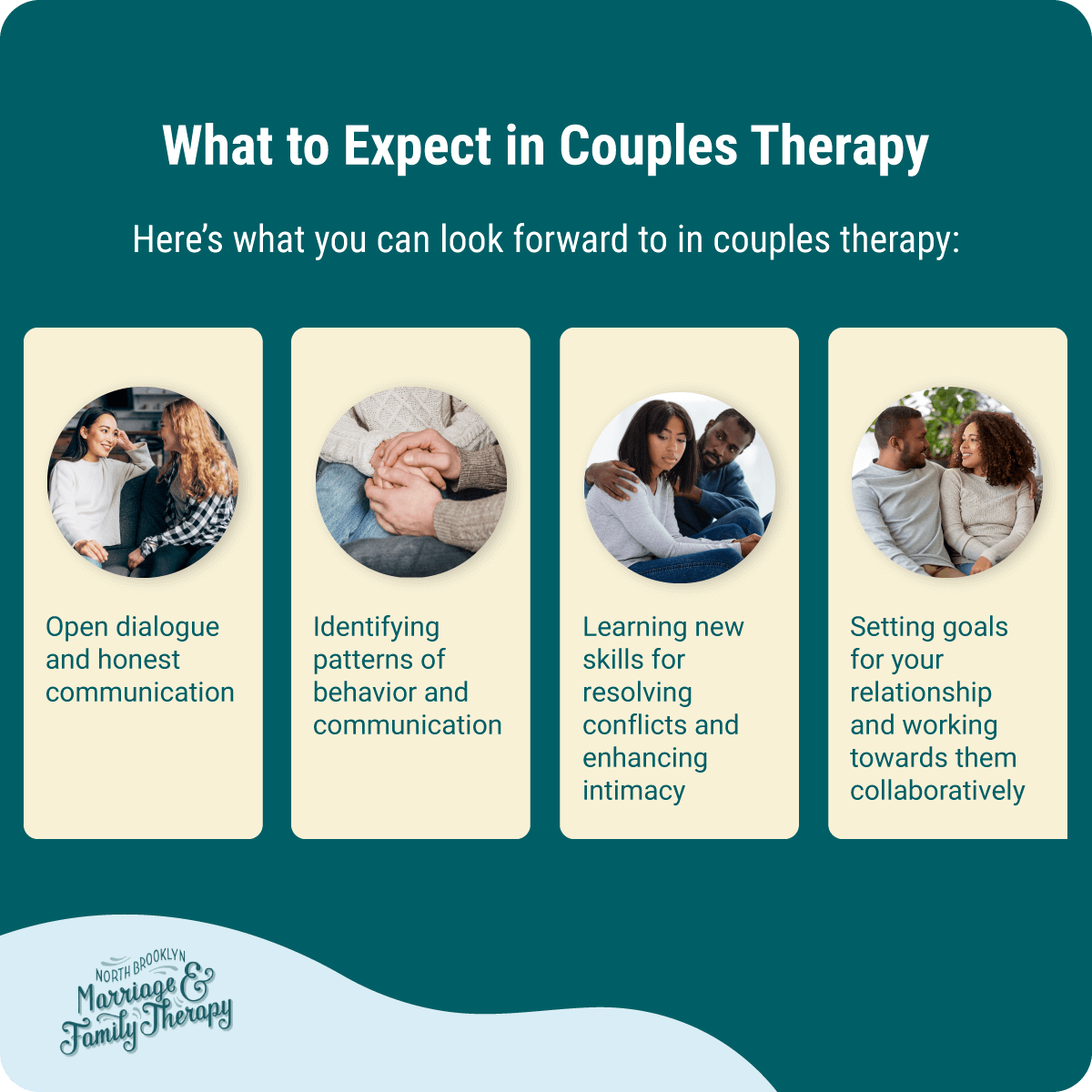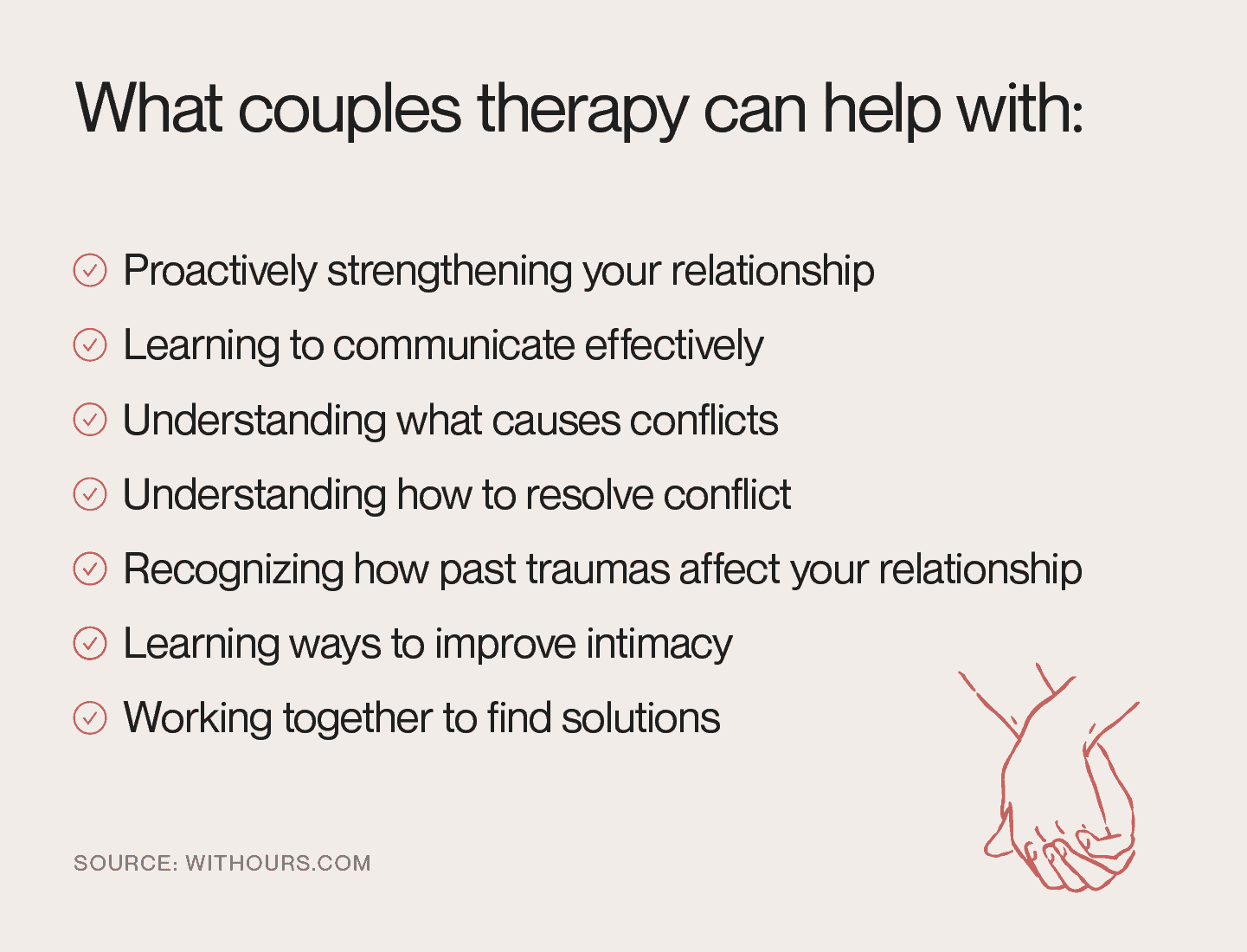The Basic Principles Of Aim Point Counseling
The Basic Principles Of Aim Point Counseling
Blog Article
The Best Guide To Aim Point Counseling
Table of ContentsUnknown Facts About Aim Point CounselingThe Definitive Guide for Aim Point Counseling9 Easy Facts About Aim Point Counseling ExplainedAbout Aim Point CounselingMore About Aim Point CounselingThe 8-Minute Rule for Aim Point Counseling
The longitudinal design includes a pre-treatment study and two follow-up studies at 3- and 12-months post-intervention. The research is established in eight Relationships Australia Victoria centres, across metropolitan, external residential areas, and regional/rural websites. Relationships Australia, a non-government organisation, is the largest copyright of pair counselling and partnership solutions in Australia.
These high prices of connection break down have been continually linked with adverse wellness consequences for both adults and youngsters following divorce/separation.
Getting My Aim Point Counseling To Work
Longitudinal researches additionally suggest that kids of divorce have a greater incidence of mental disorders, drug and alcohol use, and risky sexual practices [7] Although the results of separation and splitting up can be harmful, study suggests that high connection disharmony in undamaged couples is additionally likely to have unfavorable results.
Variables that affect the results of these solutions need thorough examination. Study to day has actually determined both pair and individual variables that might contribute to connection disharmony. These consist of partnership complete satisfaction and dedication at the pair degree, and depression at the private level. Durable research study to assess relationship-enhancing interventions in the community are limited.
A Biased View of Aim Point Counseling
Connection complete satisfaction has been one of the most common result variable identified in even more than 200 analyses of couple coaching [11,12] Researches have discovered considerable renovations in connection contentment from pre- to post-treatment [13,14] and over the course of one to 2 years adhering to therapy [15] In these researches, relationship complete satisfaction was most regularly evaluated using the Dyadic Adjustment Range (DAS) [16] While most studies show enhancements in relationship complete satisfaction following pair therapy, they are restricted by the samples and procedures utilized, mostly temporary follow-up time frameworks, and analyses that do not account for the dyadic nature of couple information., is an additional frequently explored partnership end result.
To summarise, research study indicates that couple-specific variables in addition to private variables might forecast the end results of couple therapy and partnership solutions. The causal instructions of these partnerships, nonetheless, is much less clear. These monitorings are very important, since, to validate and direct the application of partnership solutions such as navigate to these guys pair counselling, empirical proof has to check out both the results of relationship services and the aspects that anticipate successful treatment.
Therefore, there is an expanding consensus that efficiency studies ought to be matched by efficiency research to best notify scientific technique [ 29] The limited efficiency research study that exists to day suggests that couple therapy can boost outcomes such as partnership contentment [33,43], communication skills and basic well-being [44], a minimum of in some European nations.
We presently understand little regarding the accounts of couples who choose connection education and learning compared to those who look for relationship coaching, or the outcomes of these programs. Nonetheless, unscientific proof suggests that there may be significant distress among at the very least some couples seeking relationship education and learning. Relationship education and learning programs vary from pair coaching as they are commonly very structured, carried out in groups, and concentrate on a mix of four parts; understanding, responses, cognitive change, and skills training [45]
Not known Factual Statements About Aim Point Counseling
Feedback includes individuals completing surveys about their connection (e.g. measures of interpersonal troubles), and receiving information on what their ratings show. Cognitive-behavioural approaches promote transforming cognitions to facilitate positive partnerships.
These meta-analyses highlight restrictions in the present literary works on relationship education. This example profile may not stand for customers that typically present for relationship education.
The 15-Second Trick For Aim Point Counseling

Extremely little research study has analyzed the relative advantages of couple therapy and relationship education programs. As customers are likely to self-select into these service types, it is unclear whether particular partnership distress accounts existing to every service kind, or certainly whether there is an interaction in between offering profile, service kind and outcome.
(https://disqus.com/by/a1mpoint/about/)
Therefore, we have consisted of a 12-month follow-up to determine longer-term fads and impacts.
We propose to utilise multi-level analytical modelling procedures that regulate for the inter-dependence of pair information to assess any kind of therapy results. The certain aims of the ECC research study are to: 1. Map profiles of customers looking for community agency-based couple coaching vs. relationship improvement programs in terms of socio-demographic and connection indicators (such as partnership satisfaction, partnership dedication, social troubles, and reasons for attending), in addition to health (such as clinical depression, basic wellbeing) and health solution usage (eg.
Identify whether pair therapy and relationship education and learning solutions improve 3- and twelve-month end results for connection complete satisfaction, dedication, and depression, making use of statistical evaluations suitable to combine data. christian marriage counseling. Determine the relative payments of client variables (individual and couple) and therapy/education aspects to outcomes at 3- and 12-months, and to sustainability of end results over time.
Unknown Facts About Aim Point Counseling
Multi-level modelling to identify pre-post distinctions, controlling for dyadic (couple) degree. To add to the literature assessing the performance of community-based pair counselling.
Report this page